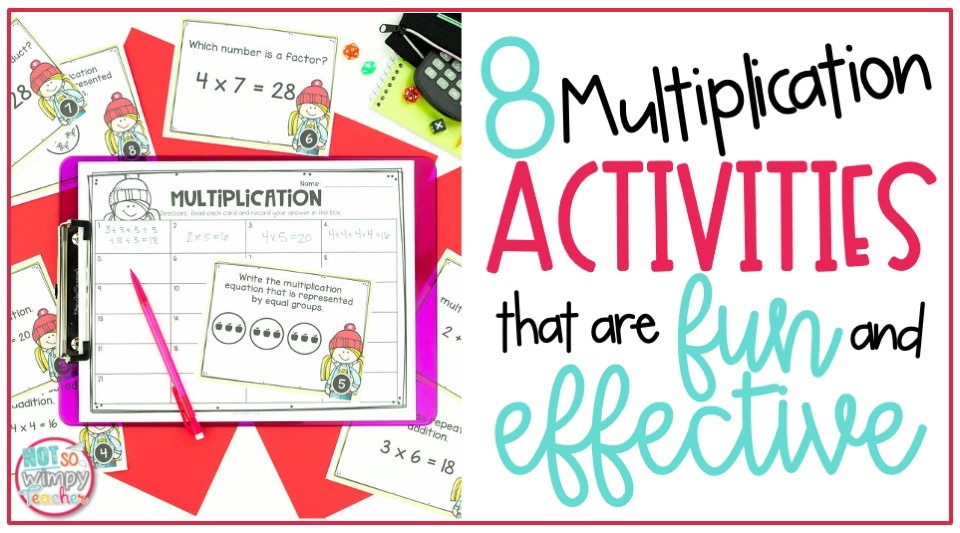
Multiplication is one of the most important math concepts to master in elementary school. But it can be tricky to learn. There are lots of students who don’t understand how multiplication works or have not yet mastered fact fluency.
Today I am sharing some of my very favorite ways to teach multiplication. These techniques will help students understand the operation, learn their facts, and get excited about math!
It’s amazing how much more productive children become when they enjoy what they’re doing. So, if you want your students to start loving math, check out my favorite ways of teaching multiplication! These strategies will help your little learners get multiplication down pat!
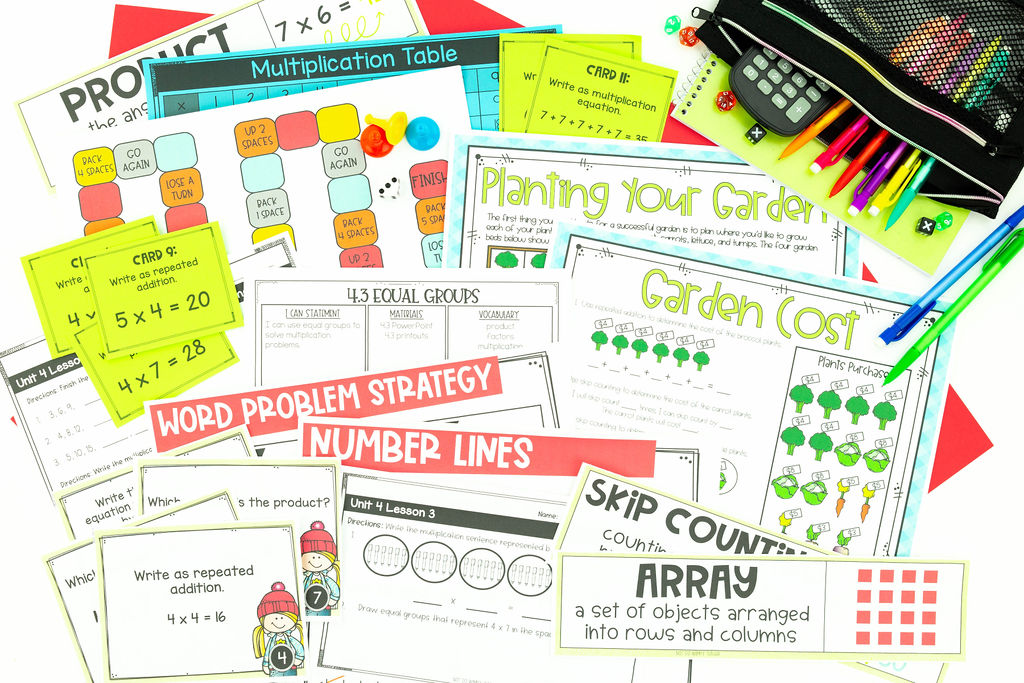
Skip Counting
A great way to prepare your students for multiplication is skip counting. Start by counting by twos. Then move to tens and fives and so on. When students learn skip counting, it is easier for them to recognize patterns in multiplication.
The game “Boom” is great for teaching skip counting patterns. Have your students stand in a circle and pick a number to count by and a number to end on. You might say, count by 3s until 60. The higher the number you pick to end on, the longer the game will take.
Then go around the circle and each student says a number in the skip counting pattern. When you get to the final number the student says “Boom” instead of the number and the next student sits down. You continue until there is only one student left.
If a student makes a mistake they sit down, and the next student picks up where they left off. This encourages kids to pay attention.
This game doesn’t take much time and gives students lots of practice with skip counting patterns in a fun way.
Manipulatives
There are many strategies to teach multiplication–arrays, equal groups, repeated addition–that can be demonstrated with manipulatives. You can model multiplication strategies with manipulatives and then let students use them in small groups. This allows you to carefully observe if they are using the manipulatives correctly.
You can also place manipulatives in centers. Using concrete objects to represent problems makes abstract concepts easier to understand. You can use counters, counting bears, mini erasers, or classroom objects like markers or paperclips. Try bringing in some holiday-themed objects to make manipulatives even more fun.
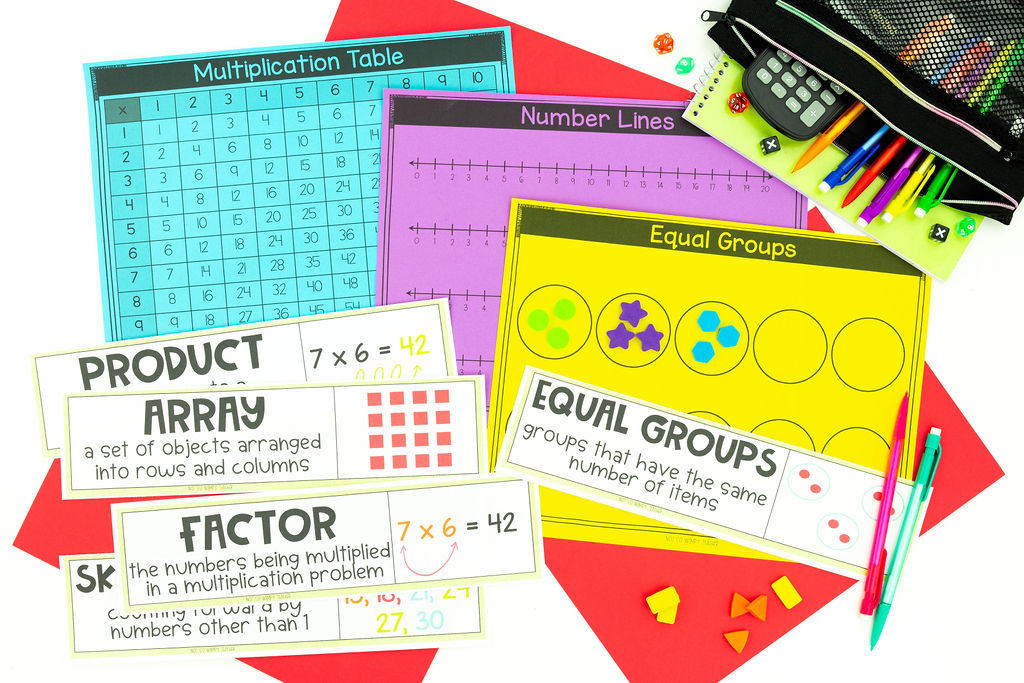
Multiplication Units
Our second, third, and fourth grade math bundles all include units on multiplication. Teachers and students love these math lessons. Each unit comes with done for you PowerPoint mini lessons, simple one-page lesson plans, small group activities including ideas for intervention and extension, anchor charts, vocabulary cards, task cards, assessments, games, and so much more.
The lessons are student and teacher friendly. They are easy to plan and implement in the classroom and they are designed to keep kids engaged in learning.
FREE Multiplication Activities for 3rd Grade
Want to try them for yourself? Check out these FREE multiplication activities and see how easy teaching math can be!
This FREE resource includes 5 days of done-for-you multiplication lessons and activities for third grade! See how easy it can be to plan, prep, and implement effective and engaging math lessons.
What’s Included:
- A pre-assessment
- 5 days of whole group lesson plans
- 5 ready-to-use PowerPoint lessons for whole group instruction
- 5 days of small group lesson plans
- Meet the teacher activities, including extension and enrichment activities
- Interactive notebook activities
- 5 practice sheets, homework sheets, and exit tickets
- Vocabulary cards and helpful math tools
- A fun, hands-on student activity
- Answer keys
Shop This Post
Task Cards
I love using task cards in the classroom! Task cards are a great way to get in extra practice or review. Task cards make it easy to focus on one problem at a time. And because kids aren’t faced with an entire page of problems they find the task more manageable.
Task cards are perfect for student centers or your fast finisher file. I love to use them for review. I scatter the cards around the room and let the kids scoot around the room to complete each problem. They love moving around and learn more while they are active.
All of my math centers come with task cards. The second, third, fourth , and fifth grade math units also include task cards.
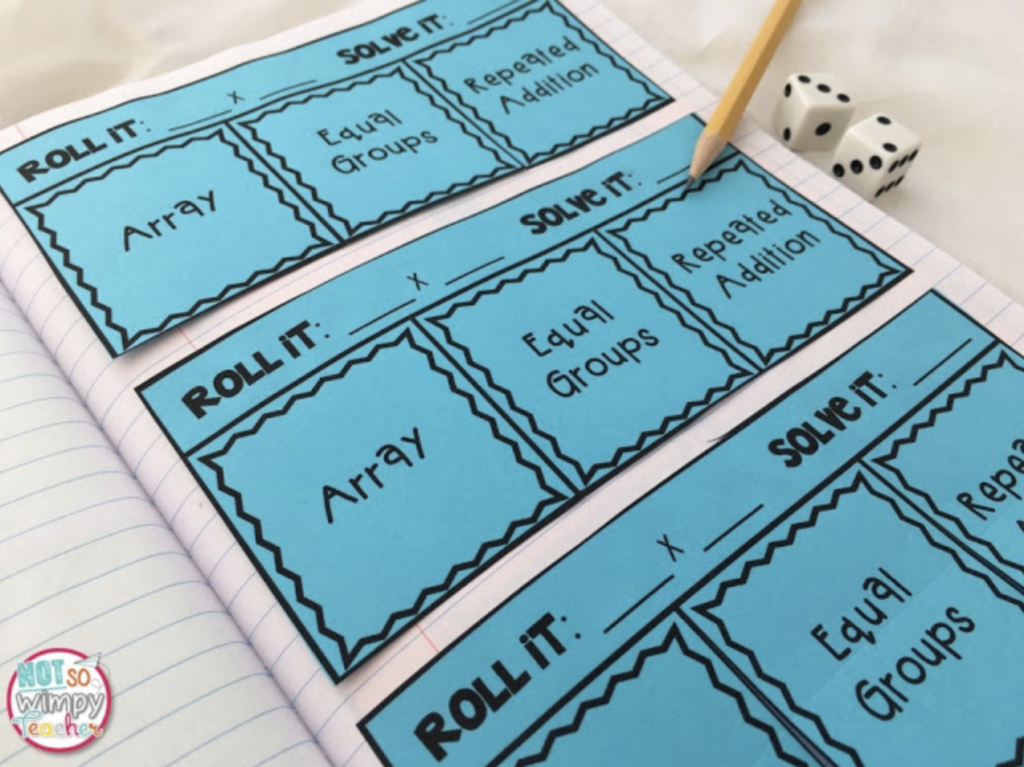
Interactive notebooks
Interactive notebooks are one of my favorite ways to practice multiplication. These notebooks are a combination of student notes and practice activities all rolled into one notebook. Students cut, fold, glue, and manipulate pieces in the notebook to solve the problems. They are truly an interactive experience that promotes higher-level thinking and deeper understanding.
Interactive notebooks also make a great resource for students. They can refer to their interactive notebooks throughout the unit when working independently or at centers. Or they can even go back to their notes later in the year to refresh their memory on multiplication. Interactive notebooks are great for test prep and review.
And they make it easy to assess student mastery. Simply flip through the notebooks to see if students understand different multiplication strategies
I have multiplication Interactive Notebooks available for grades 2-5 that feature simple, student-friendly cuts.
Shop This Post
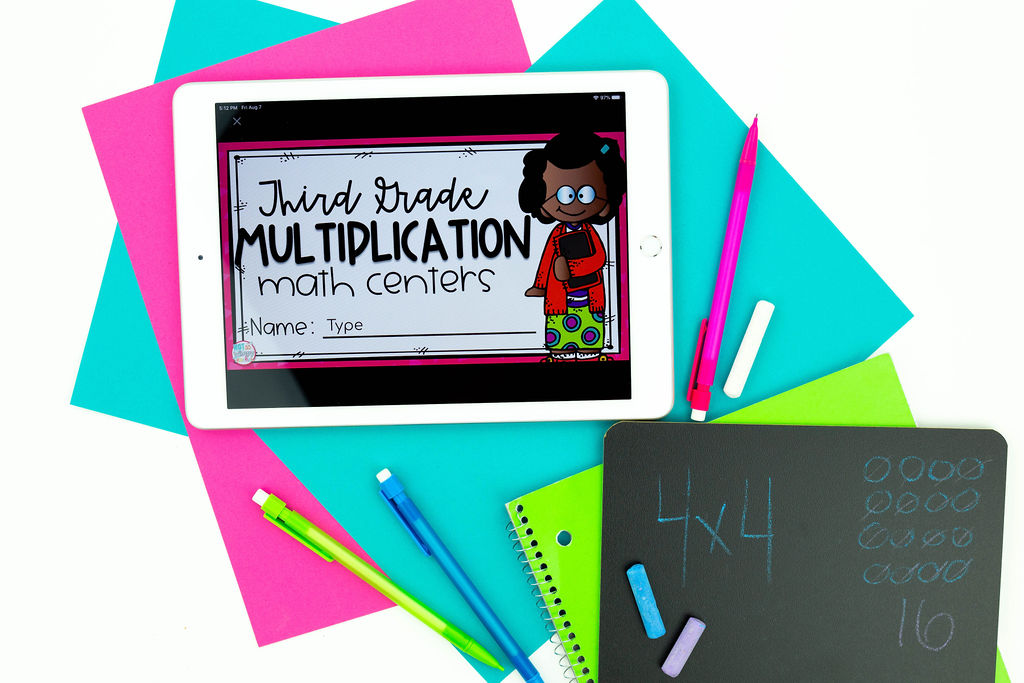
Math centers
I am a big fan of math centers because they keep kids engaged in learning. Students can get out of their seats and move from one activity to another.
Centers include hands-on activities like technology, games, sorts, task cards, and more. The activities are fun for learners. When students are having fun, they will have increased productivity and memory. And you will have fewer behavior problems.
I have specifically created centers for multiplication. Each center contains ten different activities to help students master strategies, solve word problems, and learn math facts.
Shop This Post
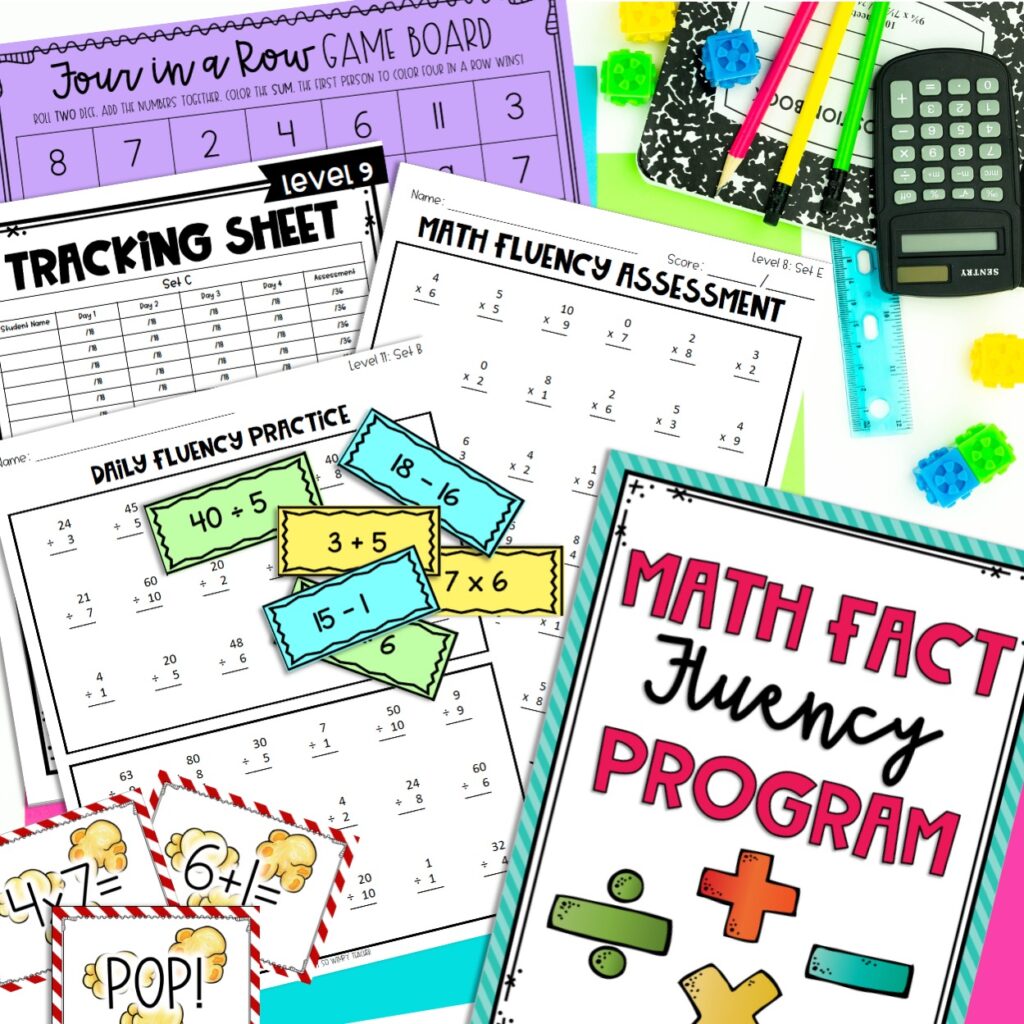
Multiplication fact fluency
Once students understand the concept of multiplication and have mastered the strategies for solving problems, it’s time to increase their fact fluency. The best way to do this is practice, practice, and more practice!
One of the best ways for students to achieve mastery of their math facts is to introduce mixed facts from the very beginning. Instead of only focusing on one fact at a time and requiring students to master the ones and then the twos before moving on to the next set of facts, students have more success when they are introduced to multiple facts at once.
This is exactly how my math fact fluency programs work! From the very beginning, students practice with a variety of mixed math facts. I know this method may take a little longer in the beginning, but it is so worth it. I’ve included multiple problem sets and assessments to allow for repeated practice.
Multiplication Games
Kids learn best when they are having fun. Luckily, multiplication is a skill that lends itself to games.
My fact fluency programs come with five complete games that you can place in student centers. There is also a list of additional games that you can play with traditional gameboards, like Candyland, or simple classroom supplies like dice and dominoes.

A deck of cards or a set of dice is all you really need to practice multiplication.
Flip over two cards and have students find the product. Want to make the game more competitive? Students can play with a classmate and race to see who can get to 500 first. Students record each product and keep a running tally of the total to try to get to 500.
For more fun and easy games to play with multiplication check out this post.
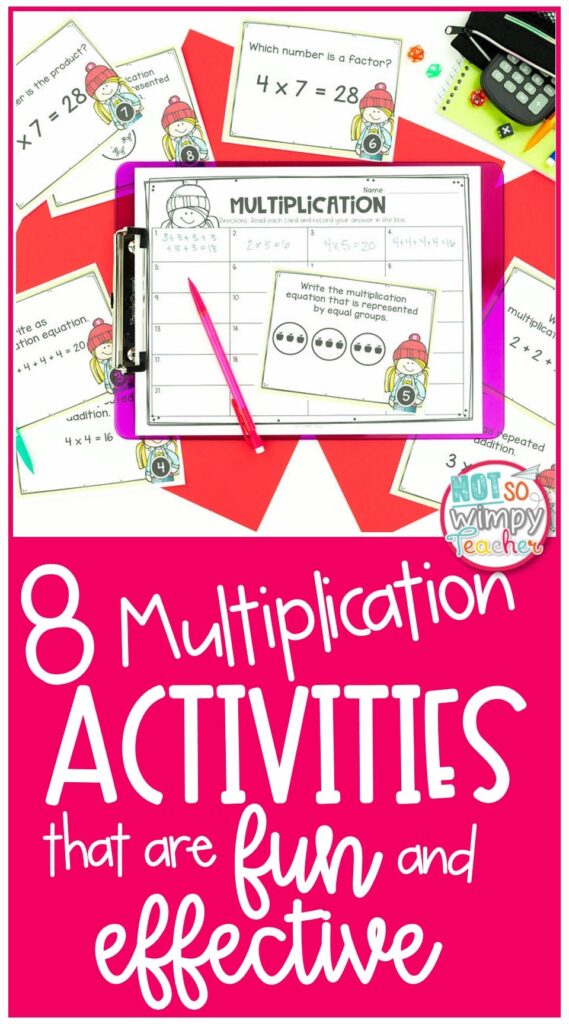
I hope that gives you some new ideas for how to make multiplication practice fun!
Have a Not So Wimpy Day,


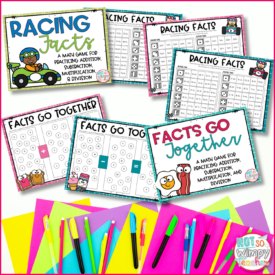
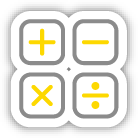
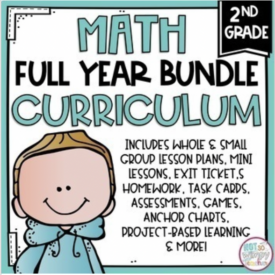

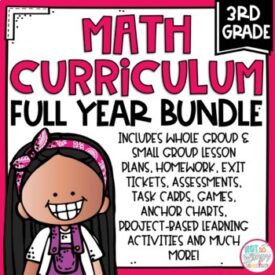
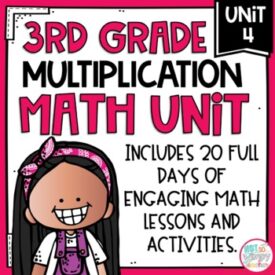
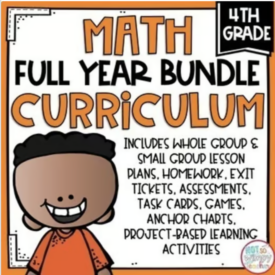


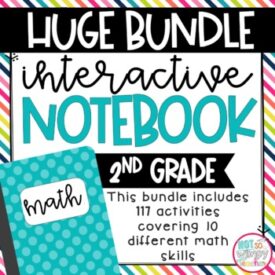
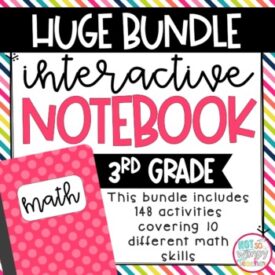
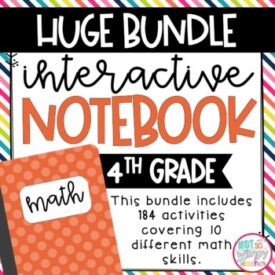
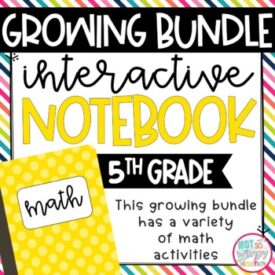

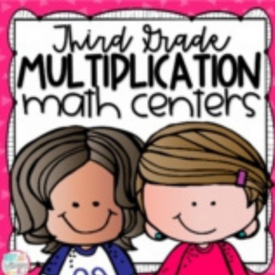

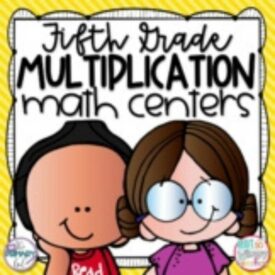

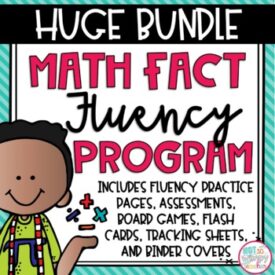

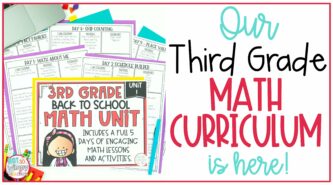

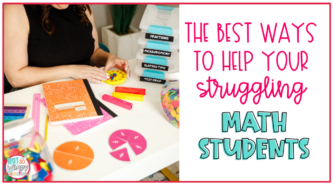










 End of Year Carnival Week for grades 2-5!
End of Year Carnival Week for grades 2-5!
Hi Not so Wimpy Teacher,
I have tried to have the free multiplication centers sent to my email 4-5 times and they are still not in my inbox or junk folder.